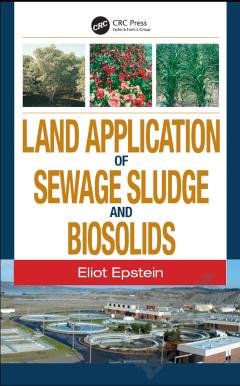Advances in Bioremediation of Wastewater and Polluted Soil
Bioremediation is the process of converting a toxic substance/ pollutant into a non-toxic or lesser toxic substance with the help of a living organism. Microbes are more commonly used for bioremediation of toxic substances. Bioremediation is secure as it counts on naturally occurring microbes thus posing no threat to people. The process does not require much labor and equipment. It also allows the treated waste to be recycled and is a cost effective process. However, the use of microorganisms in remediating the contaminated waste has also its limitations. Phytoremediation is helpful in such circumstances. It uses plants to remove contaminants. In this age of industries, highly toxic substances in the industrial effluents pose threat to human health and environment. Also, much consumption of petroleum products liberates toxic hydrocarbons, some of which are carcinogenic. Efforts are being done to neutralize these toxic substances by bioremediation. In this book, research studies on bioremediation of wastewater, and soil have been discussed.
{{comment.content}}








 京公网安备 11010802027623号
京公网安备 11010802027623号